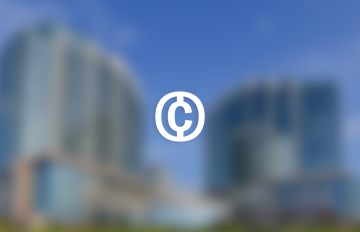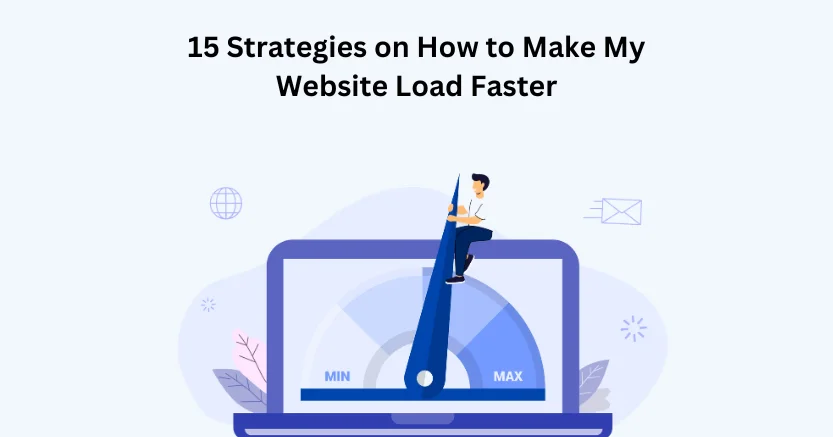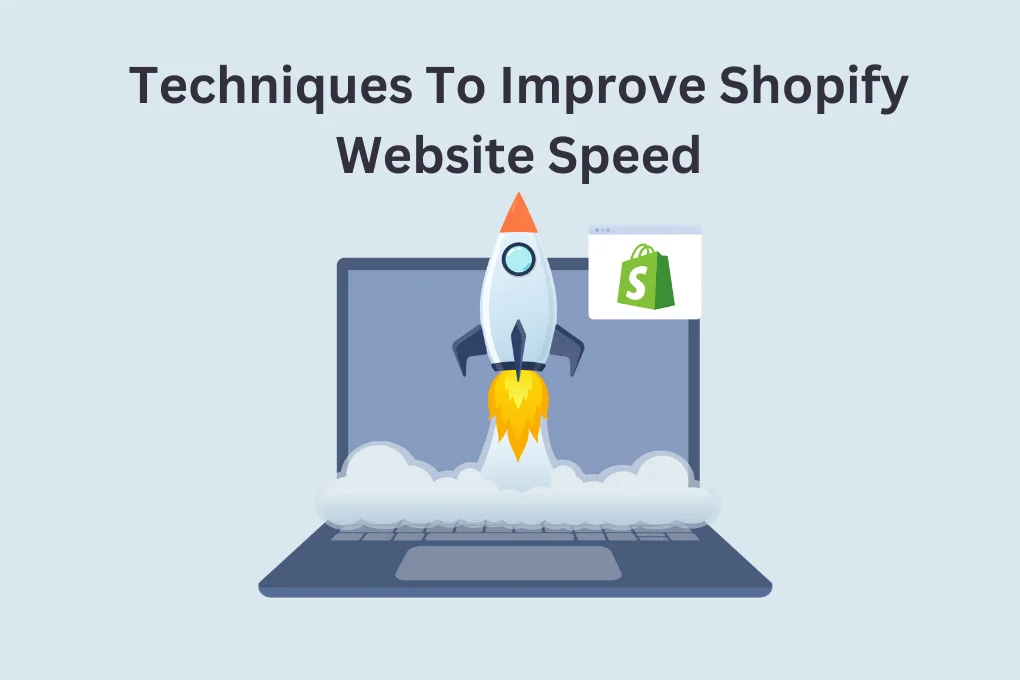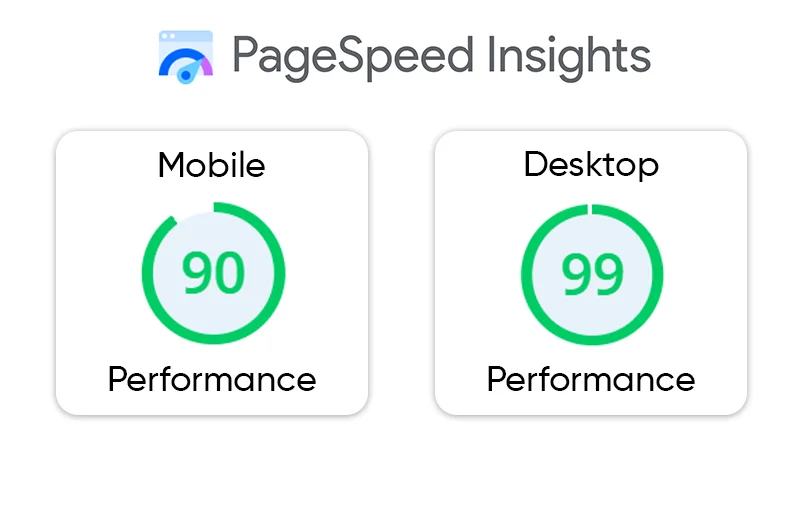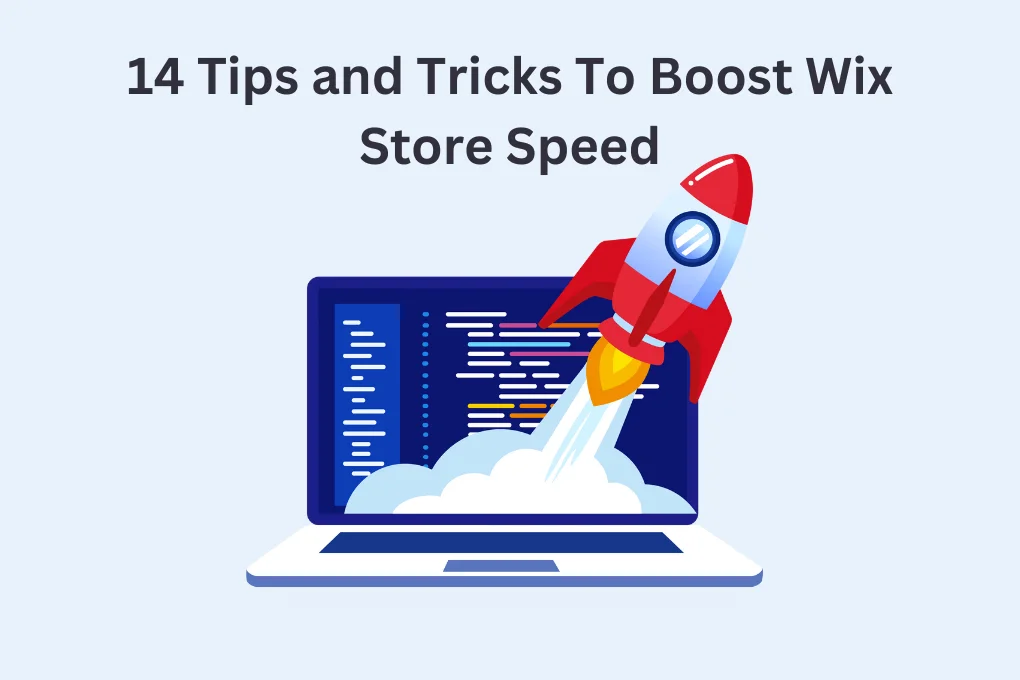Introduction
Whether your brand runs on BigCommerce, Shopify, or any other eCommerce platform, the loading speed at which it loads impacts your business performance; according to search engines like Google, a site that takes more than 3 seconds to load gets unsatisfied consumer leads engagement and conversions. Speedy software is made to enhance website speed and improve overall performance.
Therefore, in this blog, we will explore the top website loading speed optimization techniques that you can easily practice without professional assistance.
Optimize Your Ecommerce Site Speed Now!
Speed Up Your eCommerce StoreMake Your Site Load Faster In A Few Seconds!
Check Core Web Vitals:
Core Web Vitals are like report cards for websites, showing how fast and well they perform. They are crucial for where a website appears in search results. Google cares about user happiness, so they want websites to load fast and be easy to use. PageSpeed Insights (PSI) is like a doctor check-up for websites, giving grades on loading speed, interactivity, and layout stability.
Recently, Google added two more grades to measure how fast you can use the website and how quickly the server responds. It’s important to keep an eye on these grades because they might change. Following these guidelines can help make slow-loading websites on phones faster.
Compress Website Visuals:
To speed up your website, it’s crucial to compress and optimize images properly. Oversized images slow down loading times, affecting both mobile and desktop users. Before uploading, compress your images using software like Adobe Photoshop or free online tools like TinyPNG. Aim for images no larger than 150-200 KB for optimal performance.
If you’re using WordPress, consider installing the WP Smush plugin. It automatically compresses images upon upload, enhancing site speed. While the basic version is free, consider upgrading to the PRO version for advanced features. With these simple steps, you can ensure your website loads quickly and efficiently for all visitors.
Keep Redirects Down:
When you need to tell search engines your website’s new address or fix broken links, redirects are necessary. However, using too many can slow down your website because the server takes time to find the original URL. To keep your webpage loading fast and not frustrate visitors, minimize the number of redirects. This enhances your website loading speed and makes it smooth for users, without unnecessary delays. So, it’s important to use redirects sparingly and only when absolutely necessary to maintain a positive user experience and keep your website running smoothly.
Simplify Your Web Design:
Simplifying your web design is key for a smoother user experience. While banners and pop-ups aim to engage users, overdoing them can harm loading times. Prioritize essential elements during website creation to ensure faster loading speeds. While fancy designs are tempting, too many extras can affect users and slow down your website. Keep the code clean and focus on simple, original solutions to captivate users without bogging down your website. Maintaining a balance between functionality and simplicity ensures a pleasant browsing experience, encouraging users to stay on your site longer. So, opt for a clean design that prioritizes speed without sacrificing style.
Don’t Use Custom Fonts:
To speed up your mobile website, avoid using custom fonts. Why? Well, when you pick custom fonts, your server has to download them before showing them to users. This slows down how fast your website loads. Also, there’s a chance the fonts might not show up correctly. So, it’s better to stick with system fonts for a smoother experience.
Use Website Caching:
When you use the internet on your phone or tablet, the browser can remember the pages you visit and save some information so you can use it later without having to reload everything. This helps pages load faster when you revisit them. When websites store this information, it’s called caching, and it speed up your website. This makes your site look better to people using it because they don’t have to wait as long for things to appear.
Minify Your Code:
Code minification is like tidying up messy code by removing extra stuff that isn’t needed. This doesn’t change how the website works at all. It just makes the code simpler and lighter by removing unnecessary bits. This helps the website load faster because there’s less stuff for it to load.
Cut Down on the Steps Needed to Make a Purchase:
To make your mobile website faster, think about how people buy stuff or sign up for things on it. If it takes a lot of steps, like 5, 6, or more, to finish, that might be too slow. So, see if you can make it simpler. Take out anything that’s not really needed. That way, your site will load faster and be easier for people to use.
Use Lazy Loading:
Lazy loading can really speed up how fast your webpage loads. Basically, it means using special tools to wait before loading images, videos, or graphics that users can’t see right when they visit your site. This stops your website from taking forever to load just because of a couple of big pictures that users won’t even see until they scroll down for a while. This increases website performance and optimize it for better results.
Choose the Right Hosting:
Choosing the right hosting and server for your website is really important because it impacts how fast your website loads. Free options aren’t the best because they’re often slow and show lots of ads, which can make your website slow down. Think about what your business and website need, like what features are important to you. Also, make sure to check if the server is secure before you decide.
Use Mobile CDN:
A Content Delivery Network (CDN) helps distribute your website’s content across multiple servers worldwide, making sure fast and secure access for users regardless of their location. Also, there are multiple tools that make sure that no matter where people are in the world, your website loads super fast. So, whether someone is in Japan or chilling in a London café, they can access your website quickly. If you are thinking of reaching out to people internationally, using Cloudflare’s mobile CDN is a smart move. Why? Well, because when someone visits your website for the first time, you want it to load fast. If it takes forever, they might just leave and never come back. So, using tools or services helps you make a great first impression and keeps people coming back for more.

Want to read this blog offline?
No worries, download the PDF version
now and enjoy your reading later…
 Download PDF
Download PDF Upgrade to the Most Recent PHP Version:
If you want to make your website better, you should update to the newest PHP version. PHP is a type of computer language that helps in making websites more exciting and easier to use. When you use PHP well, your website can load faster and show up better in search engines. To update PHP, go to your server settings and find where you can change PHP settings. It’s simple and can improve your website a lot.
Use Only the Plugins You Need:
It’s important to only use the plugins that you really need for your website. When you install too many plugins, it can make your website slower to load. This is because each plugin sends extra requests and queries to the server. Sometimes, plugins even need special scripts to work properly, which means more files for your website to load. Keeping things simple is the best way to go. Make sure your page works well, but don’t add unnecessary extras that might slow it down.
Reduce the Server Usage:
To make your website load faster on mobile, you need to ease the workload on your server. When people visit your site, everything they see, like text and images, has to be processed by the server. This slows down the loading time. To speed things up, you can use a tool called GZIP. It compresses files, making them smaller and faster to load. Some web hosts already have GZIP enabled, but if not, you can activate it yourself.
Another way to speed up your site is by using plugins. If your website is on WordPress, you can install plugins like W3 Total Cache, WP Super Cache, or WP Fastest Cache. These plugins store parts of your website, so they don’t have to be fetched from the server every time someone visits. But be careful when setting up plugins! If you do it wrong, they could actually slow down your website or cause errors. Follow the instructions closely, or ask someone experienced for help.
Place CSS at the top and JavaScript at the bottom of HTML files:
When you are creating a website, put the CSS code at the top of your HTML file. This is because the part of the web browser that makes your website appear (called the rendering thread) needs to know about the style of your website before it can show it to people. If you put JavaScript code first, the rendering thread has to stop and figure out all the parts of your website before it can continue. This can make your website load slower and might cause parts of it not to show up correctly. So, it’s better to put CSS at the top and JavaScript at the bottom of your HTML file.
Conclusion
Therefore, this blog has explained the basics of speed optimization and the top tricks to enhance it. By practicing the discussed strategies, you can improve your site’s loading speed and optimize its performance. Additionally, you can use speedy software like Website Speedy, a SaaS-based application that helps sites fix all the render-blocking issues and optimize for faster loading times.













